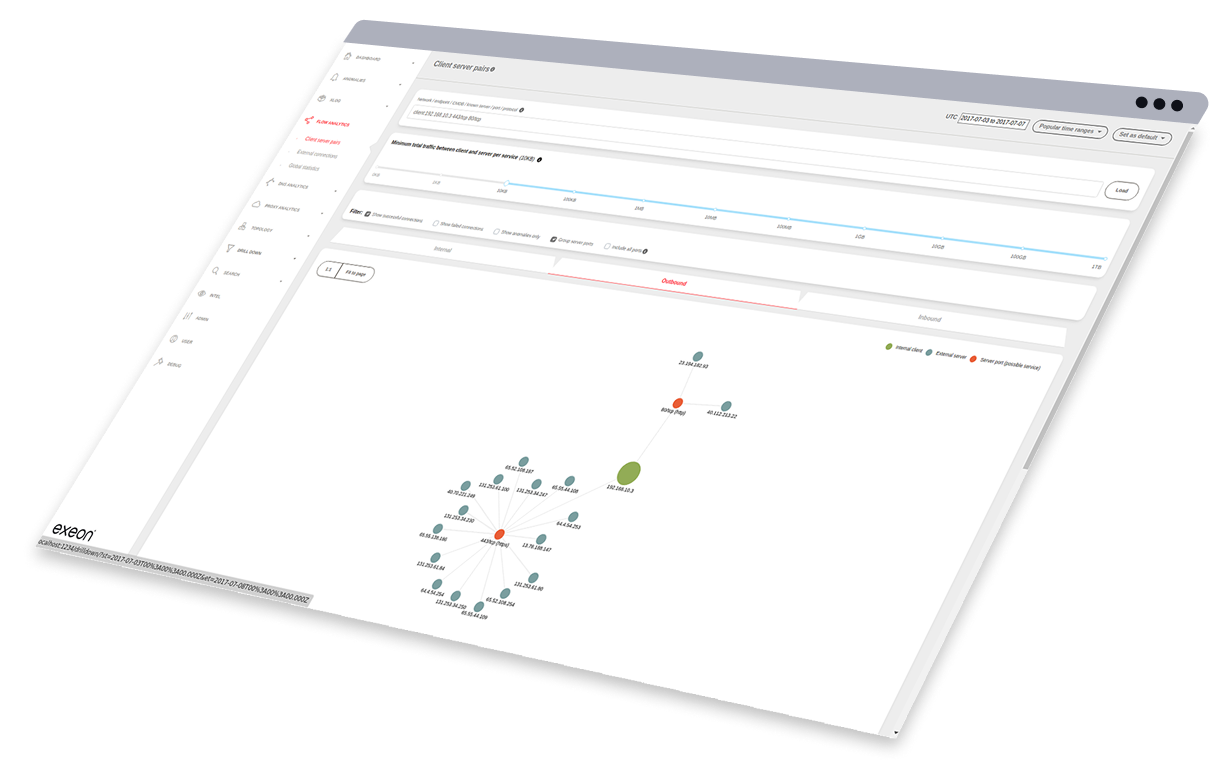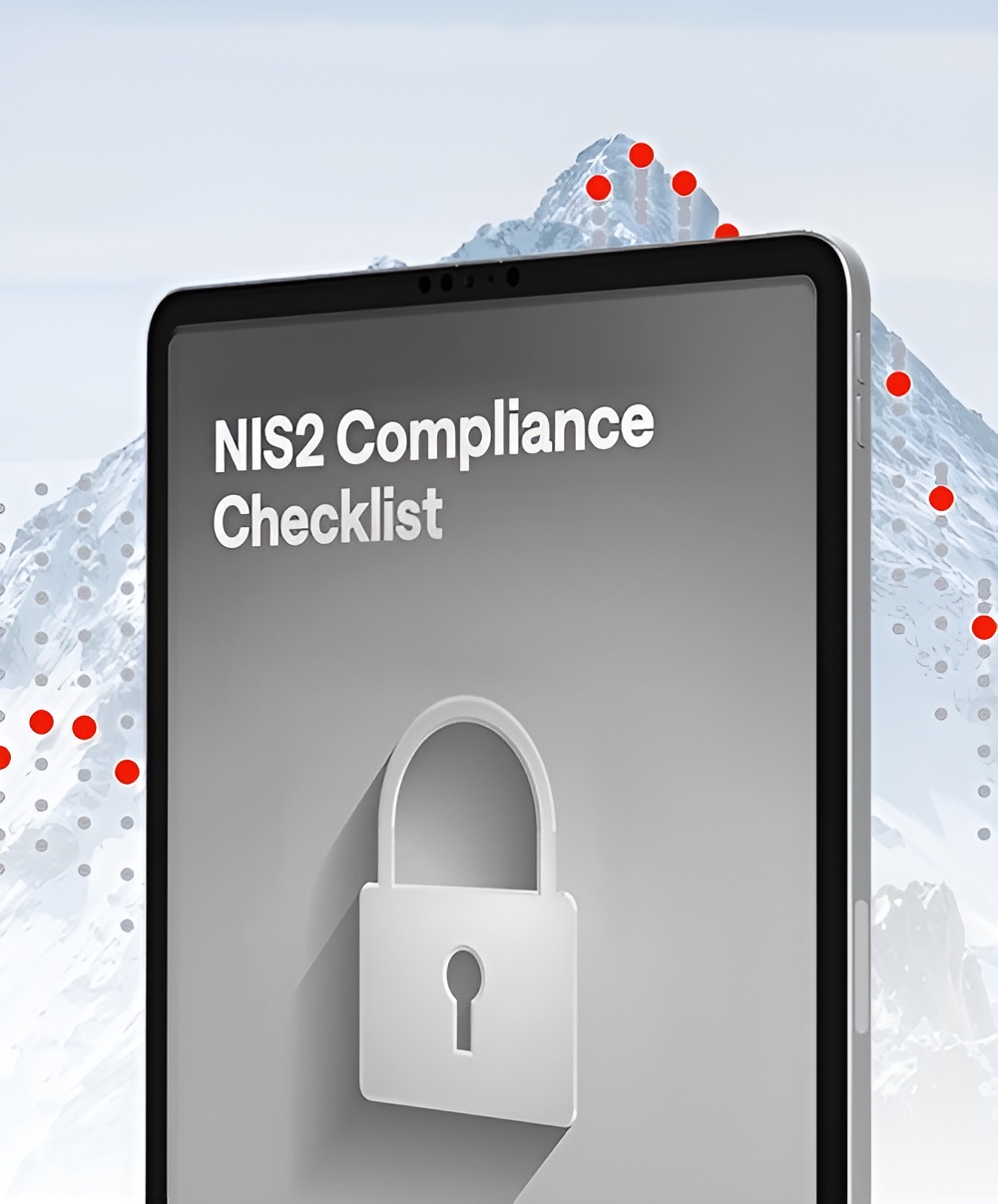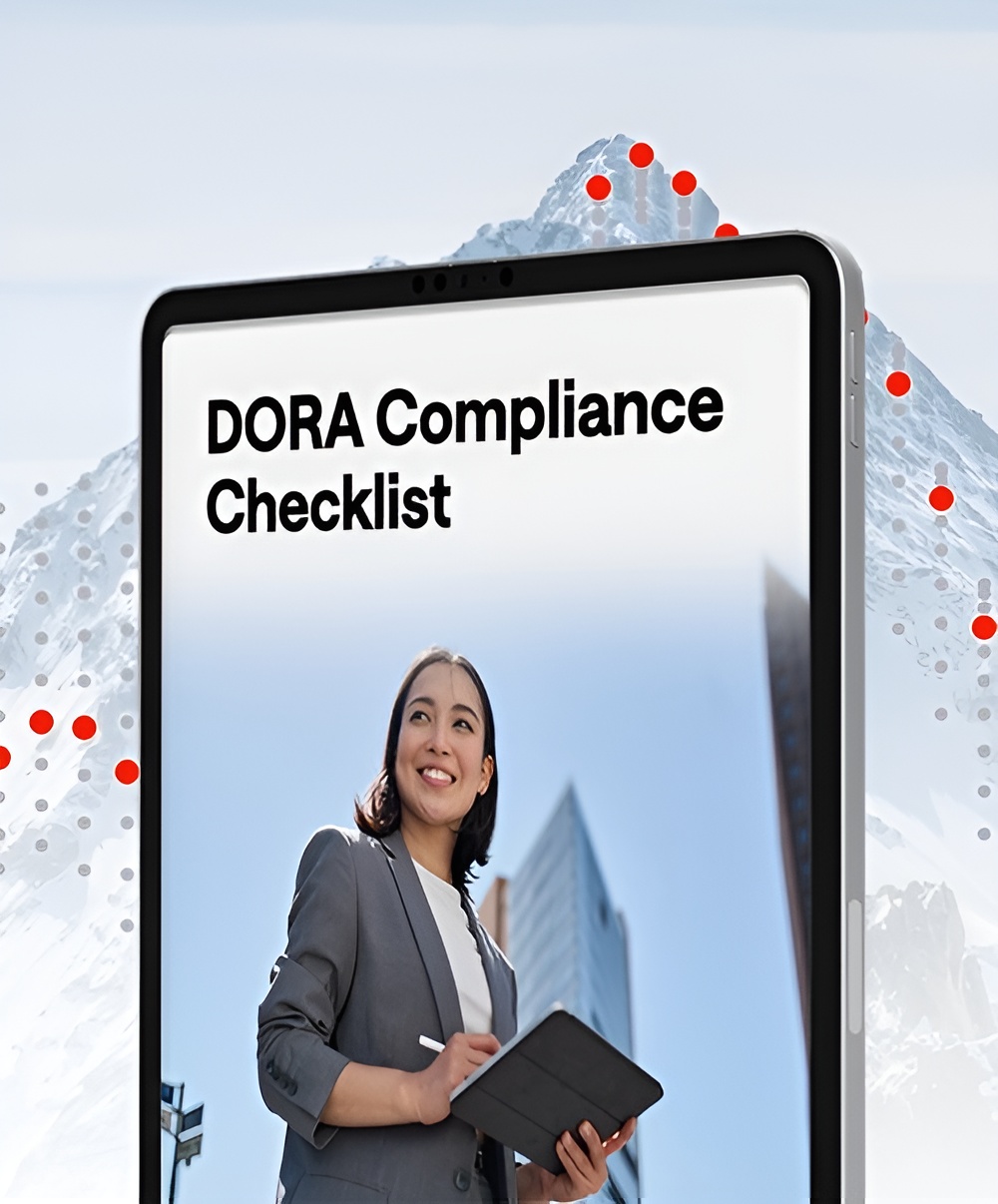Simplifying Compliance, Strengthening Security
Regulatory compliance in cybersecurity today
of organizations find it challenging to keep up with rapidly changing cybersecurity regulations like NIS2, DORA, and GDPR.
of CISOs say compliance burdens delay cloud adoption, AI security, and Zero Trust implementation.
of organizations face challenges verifying third-party supplier compliance.
All while navigating complex, new regulatory compliance, businesses face several cybersecurity challenges: balancing false positives and negatives to evolving threats, resource constraints, and the need for complete network visibility
Support overstretched teams
Even the best SOCs face growing pressure from resource constraints and complex regulations — automation and context-rich analytics help reduce alert fatigue and strengthen response capacity.
Cut SIEM alert noise
Risk-based scoring reduces false positives, letting analysts focus on the events that matter and freeing time for new regulatory tasks.
Integrate without friction
Open APIs and ready-made connectors snap into any SIEM, EDR, SOAR or IPS stack, avoiding rip-and-replace projects and lowering tooling spend.
Full network transparency, compliance made simple

Detect advanced threats
Spot malicious insiders & assume breach
Alerting & reporting
Data privacy
Metadata-only inspection delivers full-traffic insight with zero packet capture, so no personal data leaves your network and your encryption stays intact.
Trusted by critical infrastructures and institutions globally
















How Exeon enables compliance
Real-time visibility & threat detection
AI models watch IT, OT and cloud traffic 24/7, flagging ransomware, APT beacons and insider misuse the instant they appear. Plus, analysts and operators can use the integrated visibility features to validate their policies.
Compliance reporting
Auto-compiled logs, incident timelines and KPIs can export directly to GDPR, NIS2 and DORA templates—saving audit and security teams the workload.
Seamless security integration
Utilize your existing security stack and enhance it with Exeon’s approach to integrate different systems with each other, providing a modern, fully operational security stack.
Rapid response & risk-based alerts
Risk-based alerting automatically launches SOAR playbooks that quarantine suspect workloads in seconds, slashing mean-time-to-respond (MTTR) and demonstrating to auditors that the organisation reacts promptly and proportionately to threats.
Compliance in action

NIS2 Compliance Checklist

NIS2, DORA & KRITIS Guide

DORA Compliance Checklist

DORA Banking Use Case

NIS2 Manufacturing Use Case
We make security teams better
Our customers prioritize protecting their sensitive data and exposed IT and cloud infrastructure. We provide them with the confidence they need.

CISO, SWISS International Airlines
“As the Swiss national airline, we are driven by a passion for exceptional performance, in the spirit of our guiding principles. A stable and secure IT is the most important basis for an excellent customer service. For the security of SWISS IT, we use Exeon as a central cybersecurity tool, fully managed by our long-term partner Reist Telecom AG. A perfect combination and solution to monitor our network and quickly detect any kind of anomalies.”

CEO & Founder, Planzer
“As CEO and owner of a fast moving, international logistics company, I cannot afford any system interruptions due to cyber incidents. With Exeon.NDR, we have found a Swiss solution to monitor our network and quickly detect cyber threats.”

Head Infrastructure & Applications, 3 Banken IT
“We especially appreciate the comprehensive network visibility that Exeon.NDR offers us.
The anomaly detection is also extremely accurate and allows our analysts to focus on the essential threats.”

ICT Project Leader, WinGD
“Exeon provides us with complete visibility of our network data flows and automatically detects suspicious behavior. Thanks to their AI algorithms, we immediately identify potential cyber threats and can respond quickly and efficiently. This way, we prevent attackers from moving undetected in our systems, infiltrating the infrastructure, or bypassing existing security measures.”

Senior Product Portfolio Manager Cyber Defense, Swisscom
“Exeon offers numerous functional advantages over competing NDR products. With Exeon, we have the ability to leverage innovative technologies and advanced analytics to provide our customers with a best-in-class security solution. Together, we are committed to improving the security landscape.”

CEO, Real Security
“As leading distributors, we’re always on the lookout for reliable, innovative, and powerful solutions to strengthen our portfolio and shape the future of cybersecurity. Exeon has proven time and again to be a trustworthy and easy-to-work-with partner. Their solution, exeon.ndr, has already made a big impact across various sectors.”

CEO, EnBW Cyber Security
“We are looking for European, data protection-compliant solutions that are quickly implementable and AI-based. Exeon, as a Swiss company, is ideal for us because the tool is easy for our analysts to use and continuously learns. These advantages led to our decision regarding Exeon.”

CEO, Ensec
“For us as a managed security service provider, a reliable, fast and highly automated NDR solution like Exeon.NDR is the key to long-term and satisfied customer relationships. We are therefore delighted to partner with the Exeon team.”

CEO, RAS Infotech Limited
“After a comprehensive evaluation of various NDR technologies, we observed that most vendors rely heavily on collecting data from SPAN ports, which felt like searching for a needle in a haystack. However, Exeon.NDR stood out with its future-proof strategy that leverages metadata analysis, eliminating the need for traffic mirroring. This approach not only simplifies the process but also allows us to gather information from various branch switches, providing a 360-degree view of security threats across our network. Consequently, we decided to move forward with Exeon.NDR.”

Head IT Security, PostFinance AG
“PostFinance has chosen Exeon.NDR because of its open and future-proof architecture. Not needing any hardware sensors and being able to control data flows, we didn’t have to make any significant changes to our existing infrastructure. We are also convinced by the cooperation with the competent and technically outstanding Exeon team.”
The regulations in details

Network & Information Security Directive 2
NIS2 requires organizations to strengthen security with risk management, technical measures, incident reporting, and compliance enforcement.
- Real-time network visibility to identify threats across IT, OT, and cloud environments.
- AI-driven, immediate anomaly detection.
- Reporting and forensic data collection to simplify regulatory audits and incident reporting.

Digital Operational Resilience Act
DORA addresses cybersecurity, ICT risks, and digital resilience affecting the financial sector, from insurance companies to banks and management firms.
- Integrated security analytics of network traffic, detecting anomalies in real time.
- SOAR integration automates incident response, minimizing downtime.
- Third-party risk assessment tools to identify vulnerabilities in their digital supply chain.

General Data Protection Regulation
- Behavioral analytics help identify unauthorized access and unusual data movements.
- Data sovereignty, meaning no personal data leaves your network and your encryption stays intact.
- Forensic data retention is used to investigate security incidents efficiently while maintaining GDPR-compliant log storage.

ISO 27001 & Industry-Specific Regulations
- Agentless NDR provides comprehensive visibility across IT, OT, and cloud networks.
- Risk-based alerting focuses on critical security incidents, ensuring compliance without overwhelming security teams.
- Automated audit logs and reporting make regulatory documentation easier.
Industry-focused use cases

Use Case: Bank in Germany
DORA compliance, tackling threats like APTs & ransomware, improved threat detection, and faster response times.

Success Story: Logistics
Fast-moving, international logistics company defeats system interruptions from cyber incidents with Exeon.NDR.

Exeon.NDR for IT, OT & IoT
Advanced ML and network log analysis for full visibility and any existing cybersecurity infrastructure — without agents or data leaving your network.

Success Story: Banking
A cybersecurity case study on PostFinance, one of Switzerland’s leading retail financial institutions.

Use Case: Manufacturing & NIS2
OT/IIoT integration and compliance: how a mechanical engineering company increases their cybersecurity posture.

Use Case: Healthcare & Compliance
Centralized visibility and monitoring of hybrid environments to safeguard critical medical systems.

Global Manufacturer WinGD
In this video testimonial, our customer WinGD explains how Exeon.NDR strengthens their cybersecurity.
Frequently asked questions
How does Exeon support compliance with NIS2?
In what ways does Exeon support DORA's operational resilience needs?
Is Exeon able to facilitate compliance in hybrid cloud settings?
Indeed, Exeon’s agentless NDR solution ensures thorough security coverage by providing complete visibility into cloud, IT, and OT environments.
What distinguishes Exeon from conventional compliance solutions?
Exeon ensures proactive compliance without adding complexity by combining AI-driven threat detection, automated incident response, and seamless integration with current security stacks, in contrast to manual audit procedures or outdated SIEM.
How does Exeon’s NDR support compliance with current regulations?
How does Exeon’s NDR maintain data confidentiality?
Exeon’s NDR enables full regulatory compliance without compromising data confidentiality. Unlike traditional solutions that require deep packet inspection and decryption, Exeon analyzes network traffic metadata to detect threats, ensuring data sovereignty and compliance with privacy laws. This approach allows organizations to secure sensitive environments, including air-gapped networks and cloud infrastructures, without exposing confidential data.
